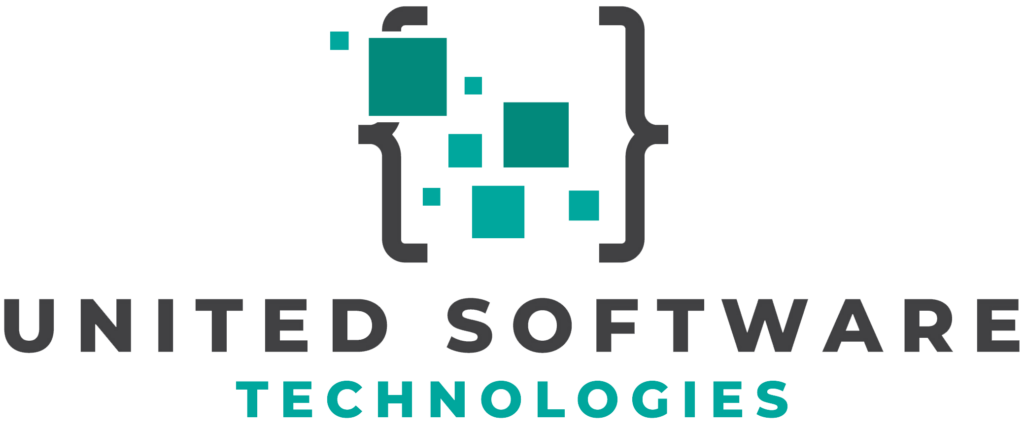The Ultimate Guide to SEO Blogging: How to Maximize Your SEO Results
The Ultimate Guide to SEO Blogging: How to Maximize Your SEO Results
Search engine optimization (SEO) is a crucial aspect of digital marketing, and blogging has become one of the most effective ways to improve your website’s visibility on search engines. By creating high-quality content that incorporates relevant keywords, you can increase your chances of ranking higher in search results and attracting more organic traffic. In this ultimate guide to SEO blogging, we will discuss how you can maximize your SEO results by following best practices for keyword research, content creation, and on-page optimization.
Understanding the Importance of SEO Blogging
Blogging for SEO is an essential strategy for businesses looking to boost their online presence. A well-maintained blog with regular updates not only helps establish your brand as an authority in its niche but also provides valuable information that keeps users engaged and encourages them to share your content across social media platforms. This increased engagement leads to more backlinks from other websites, which are considered “votes” by search engines like Google when determining the relevance and authority of a site.
Moreover, regularly publishing fresh content signals search engines that your website is active and up-to-date, making it more likely for them to crawl and index new pages. As a result, incorporating blogging into your overall SEO strategy can significantly improve your website’s performance in terms of organic traffic and conversions.
Keyword Research: The Foundation of Effective SEO Blogging
To create compelling blog posts that rank well on search engines, you need first to identify the right keywords or phrases related to your topic. Keyword research involves finding words or phrases commonly used by people when searching for information online. Here are some steps you can follow to conduct effective keyword research:
- Brainstorm a list of potential keywords: Start by jotting down words and phrases related to your niche or industry. Think about the questions your target audience might ask, their pain points, and the solutions they seek.
- Use keyword research tools: Tools like Google Keyword Planner, Ahrefs Keywords Explorer, and Moz Keyword Explorer can help you discover new keywords, analyze search volume, and assess competition levels for each term.
- Analyze competitors’ content: Look at the top-ranking pages in your niche to identify which keywords they are targeting. This will give you an idea of what’s working well for them and how you can differentiate yourself from the competition.
- Select long-tail keywords: Long-tail keywords are longer phrases with lower search volumes but less competition. They often have higher conversion rates because users searching for these terms tend to be more specific in their intent.
Once you’ve compiled a list of relevant keywords, it’s time to incorporate them into your blog posts strategically. Remember not to overstuff your content with too many instances of the same keyword; instead, aim for a natural flow that reads well for both humans and search engines.
Crafting High-Quality Content That Ranks Well on Search Engines
The quality of your content plays a significant role in determining its success on search engines. Here are some tips for creating SEO-friendly blog posts that resonate with your audience:
- Write for your target audience: Always keep your readers in mind when crafting content. Address their needs, answer their questions, and provide valuable information that keeps them engaged.
- Create well-structured posts: Break up your content into smaller sections using headings (H2, H3) and bullet points to make it more digestible for readers. This also helps search engines understand the structure of your content better.
- Optimize title tags and meta descriptions: Your title tag should include your primary keyword and accurately describe the content of the post. Similarly, write a compelling meta description that entices users to click on your link in search results.
- Incorporate multimedia elements: Adding images, videos, infographics, or other visual elements can enhance user experience and increase engagement levels. Make sure to optimize these elements by adding relevant alt text and file names containing keywords.
On-Page Optimization: Boosting Your SEO Blog’s Performance
Beyond creating high-quality content with targeted keywords, there are several on-page optimization techniques you can employ to improve your blog’s visibility on search engines. Here are some essential practices to follow:
- Optimize URLs: Keep your URLs short and descriptive while including relevant keywords. Avoid using special characters or numbers that may confuse both users and search engines.
- Add internal links: Linking to other related blog posts within your site helps users discover more of your content while also improving the overall crawlability of your website for search engines.
- Earn external backlinks: Reach out to influencers or websites in your niche and request them to link back to your content. High-quality backlinks from authoritative sites can significantly boost your blog’s search engine rankings.
- Improve page load speed: A slow-loading website can negatively impact user experience and search engine rankings. Optimize images, use a caching plugin, and minimize HTTP requests to enhance your site’s loading speed.
Measuring the Success of Your SEO Blogging Efforts
To ensure that your SEO blogging strategy is effective, it’s essential to track key performance indicators (KPIs) regularly. Some important metrics to monitor include organic traffic, bounce rate, average time on page, click-through rate (CTR), and conversions. By analyzing these KPIs, you can identify areas for improvement and make data-driven decisions to optimize your blog’s performance further.
In conclusion, SEO blogging is an indispensable tool for businesses looking to improve their online visibility and drive more organic traffic. By conducting thorough keyword research, creating high-quality content that resonates with your target audience, and implementing on-page optimization techniques, you can maximize the potential of your blog as a powerful marketing asset.

